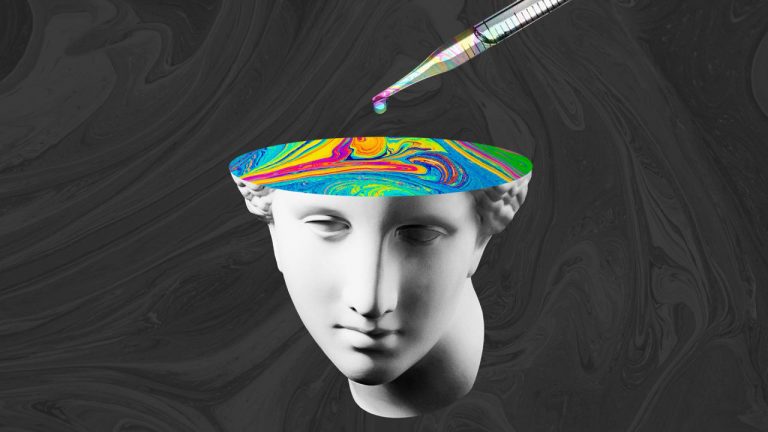Contents
In the quest to create a Analogue version of the Holy Medicine, there have been attempts to substitute other Plants in place of the Holy Banisteriopsis Caapi Vine and the DMT containing Companion Plants like the Psychotria Viridis (Chacruna), Diplopterys Cabrerana (Chaliponga) and the Psychotria Carthagenensis (Amyruca) with aim of trying to achieve the perfect levels of DMT and beta-carbolines. Such attempts have been attempted mostly in regions where there is a scarcity of local availability of Holy Plants and where Other Holy Plants are more available than the Holy Banisteriopsis Caapi Vine and the Companion DMT containing plants for the Holy Medicine of the Holy and Divine Mother Ayahuasca.
As a substitute of the Holy Banisteriopsis Caapi Vine, the Peganum Harmala, also known as Syrian Rue, has been used, which grows in the western states of North America, and is also available in South Asia and Middle East named ‘esfand’ or ‘harmal’.
As a substitute of the DMT containing Companion Plants, Acacia, Desmanthus, Plalaris and Mimosa has been used in North America.
The Analogues are known by many other names such as ‘Pharmahuasca’, ‘Anahuasca’, ‘Gaiahuasca’, and when using specific combinations, also as ‘Mimosahuasca’, ‘Acaciahuasca’.
The experiential difference in the Holy Medicine with the Holy Banisteriopsis Caapi Vine compared with the Syrian Rue
Theoretically, and Chemically, although if the Substitute Holy Plants contain similar quantity and type of molecules, it should be possible to recreate the effect of the Holy Banisteriopsis Caapi Vine in the Holy Medicine, by, for example, the Syrian Rue, there has been significant experiential difference reported by participants of Sacred Ceremonies where Holy Medicine with Substitute Plants have been consumed.
The Holy Medicine with the Syrian Rue has been reported to be more crystalline, cold, overwhelming, erratic, and uncaring, while the Holy Medicine from the Holy Banisteriopsis Caapi Vine has been reported to feel more warm, organic, friendly, and purposeful to the participants of the Sacred Ceremonies.
Moreover, it has also been reported that adding more Syrian Rue to the Holy Medicine did not impact the effect of the Holy Medicine besides increasing the emetic effects, however, with in the Holy Medicine with the Holy Banisteriopsis Caapi Vine, adding more quantity of the Holy Banisteriopsis Caapi Vine added a special dimension to the experience as reported by participants.
Scientific assumptions for the experiential differences reported by participants of Sacred Ceremonies from the Holy Medicine with the Holy Banisteriopsis Caapi Vine and from the Holy Medicine with the Syrian Rue
The following reasons have been assumed by scientists;
The levels of THH are higher in the Holy Banisteriopsis Caapi Vine;
Harmaline is higher in the Syrian Rue;
The Syrian Rue also contains tannins and quinazoline alkaloids which are not present in the Holy Banisteriopsis Caapi Vine.
Conclusion
The attempts are ‘Pharmahuasca’ are not new. In fact, new Startups are continuing to work in this space to bring the Holy Medicine to the general people in the coming days.
Medihuasca is one of the biomedical Startups working such aims and objective.
Therefore, while such efforts should be appreciated, the Holy Medicine of the Holy and Divine Mother Ayahuasca is unequivocally most potent with the Holy Banisteriopsis Caapi Vine. Therefore, if the Startups continue to keep such in mind, and continue with the ‘Pharmahuasca’ and similar attempts based on the Holy Banisteriopsis Caapi Vine, it shall yield the highest rewards.
References
- Beyer S. V., 2009, Singing to the Plants: A Guide to Mestizo Shamanism in the Upper Amazon, University of New Mexico Press, USA.


